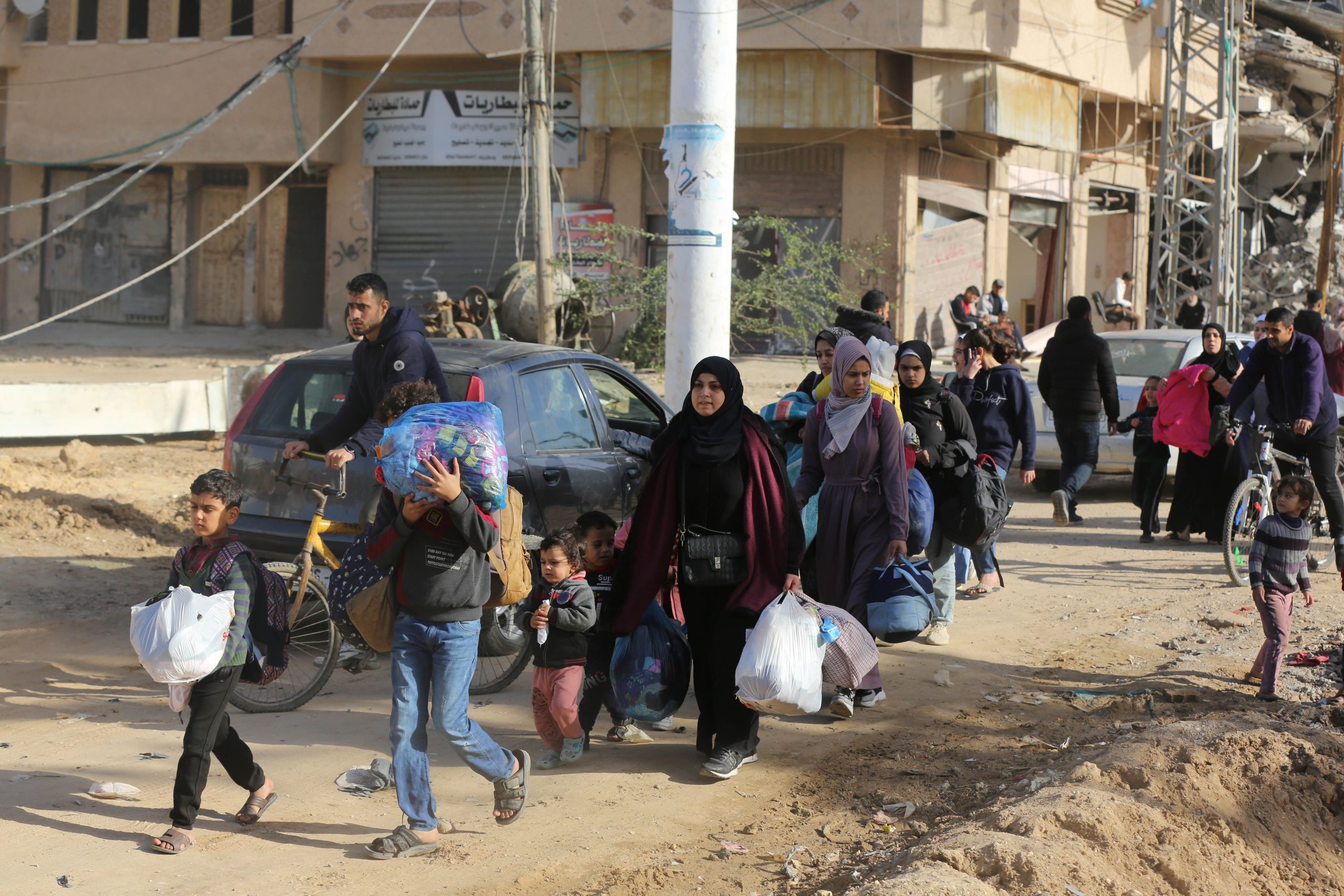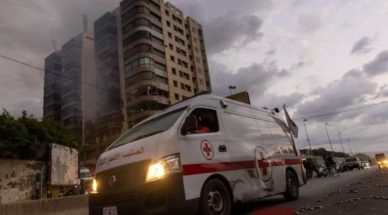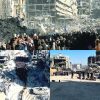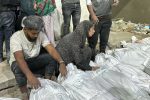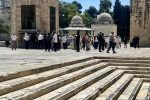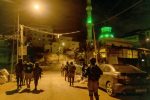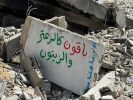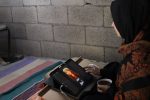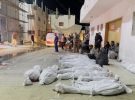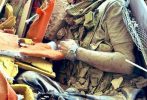GAZA, (PIC)
Despite the difficult living conditions faced by Gazans in the refugee camps of Al-Bureij and Al-Maghazi prior to the ongoing Israeli aggression for 82 days, the tragedy deepened with the continued deliberate targeting of these specific camps. Meanwhile, the Israeli army announced on Tuesday the beginning of a new attack on Al-Bureij camp by introducing forces from the 36th Division, which launched an attack on the camp in the middle of the Gaza Strip.
The displaced and fleeing individuals who escaped the genocidal crimes committed by the Israeli occupation army in the northern Gaza Strip narrate their tragic stories and the suffering they encountered while fleeing from imminent death. Meanwhile, the occupation army insists on pursuing, displacing, and killing them repeatedly in an aggression and atrocities unprecedented in history.
Muhammad Abu Haya, 38, from the Safatawi area in northern Gaza, fled to Gaza City, then moved again to Al-Bureij camp, and then to Al-Nusairat camp. He is currently searching for a place to shelter his family in Deir al-Balah city or its refugee camp in the central Gaza Strip.
Abu Haya says, “We lost a number of displaced individuals from the northern Gaza Strip who survived the massacres in the north, only to be pursued by death in the massacres of the central area.”
“My sister and her children were injured on Monday, and my family, consisting of seven members, including a 3-month-old baby born a few days before the start of the aggression, became displaced. I am unable to secure anything for them,” according to the London-based pan-Arab news outlet Al-Arabi Al-Jadeed.
Ahmed Gouda, 34, also survived the massacre in Al-Maghazi camp on December 25, and several members of his family were injured. He walked barefoot until he reached Salah al-Din Street, then waited for his family members in an empty commercial store.
Gouda says, “The eastern area of Al-Maghazi camp is now empty. My house in the camp accommodated more than 100 people, the majority of whom were my displaced relatives from Gaza City. Ten of them are injured, and one of them is seriously wounded. The occupation does not want the camps to receive the displaced, as its plan is to displace them from the Strip.”
Decrepit infrastructure and catastrophic crises
The humanitarian situation inside the Al-Bureij and Al-Maghazi camps was already difficult due to the Israeli aggression. The infrastructure was deteriorating, and overcrowding was severe, turning the crisis into a catastrophe when more displaced people sought refuge.
The residents of the camps suffered from a significant shortage of food supplies during the early weeks of the current month.
UNRWA contributed by providing some aid that later reached the central areas of the Gaza Strip. However, many did not receive any of that assistance, which arrived just a few days before the recent Israeli bombardment.
Abu Al-Anin, a displaced person from his home in Tel Al-Hawa in Gaza City to the Nuseirat camp, says, “The occupation uses a policy of killing civilians to evacuate areas in the Gaza Strip and facilitate the occupation of those areas. The residents of Al-Bureij camp received me, and I am among the displaced who have been displaced multiple times. Many of the displaced people who were with us, we do not know their fate, and we believe that some of them have been martyred, and their bodies are still under the rubble in the UNRWA school in Al-Bureij camp. The United Nations is worthless in the face of the occupation and cannot protect a cat.”
Fire belts and artillery shelling
The Israeli occupation army intensified its aerial and artillery bombardment on the Al-Bureij and Al-Maghazi camps in the central Gaza Strip in recent days. It unleashed fire belts on densely populated residential areas, resulting in massacres that left hundreds of martyrs and wounded, especially in the central area of Al-Bureij camp and in the north and south of the Al-Maghazi camp.
The population of the two camps was approximately 90,000 Palestinian refugees, according to UNRWA. During the Israeli aggression, tens of thousands fled to the camps to seek shelter in refugee homes and UNRWA schools before the central area of the Gaza Strip came under Israeli siege following the Israeli forces incursion into Salah al-Din Street, separating it from the northern and southern areas.
The Ministry of Health in the Gaza Strip revealed that the Israeli army committed about 50 massacres in various governorates of the Strip during the past 48 hours. The massacres focused on the Al-Bureij and Al-Maghazi camps, with the number of casualties surpassing 250 martyrs and hundreds of injured, some of whom were taken to the Al-Aqsa Martyrs Hospital in Deir al-Balah and Nasser Medical Complex in Khan Yunis. Others are still under the rubble.

